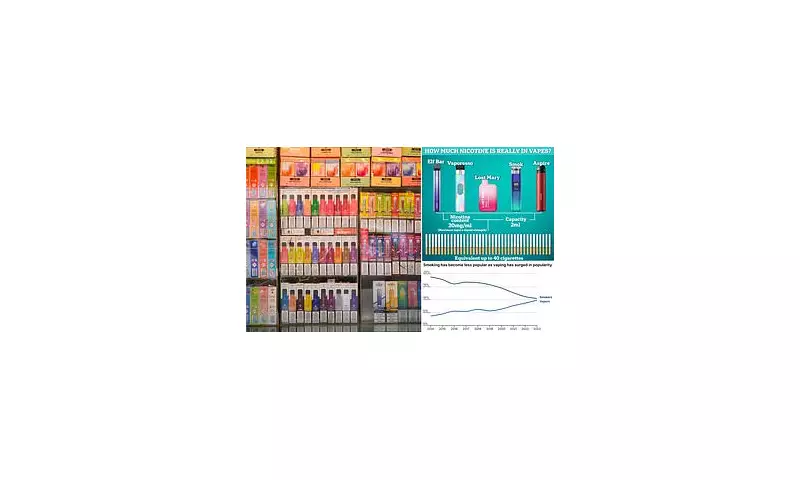
A groundbreaking global study has delivered a stark warning on the health implications of vaping, particularly for children and young adults, shattering the myth that e-cigarettes are a harmless alternative to traditional tobacco.
The Alarming Evidence: A Global Health Concern
The comprehensive research, a meta-analysis of over 300 international studies, presents compelling evidence that vaping is far from the benign habit it is often portrayed to be. The findings link e-cigarette use to a significant increase in the risk of developing asthma, persistent wheezing, and reduced lung function in adolescents.
More Than Just 'Harmless Vapour'
Contrary to popular belief, the aerosol produced by e-cigarettes is not mere water vapour. The study confirms it contains a cocktail of harmful substances, including nicotine, ultra-fine particles, and volatile organic compounds (VOCs). Most concerningly, researchers detected toxic metals like lead and nickel in the vapour, substances known to cause severe damage to developing organs.
A Direct Challenge to Perceived Safety
Professor Jennifer Quint, a leading respiratory expert from King's College London and lead author of the study, emphasised the gravity of the findings. "This analysis thoroughly dispels the notion that vaping is a safe option. We are observing tangible, negative health outcomes, especially in the younger demographic whose bodies are still developing," she stated.
Beyond the Lungs: A Multisystem Threat
The health repercussions extend beyond respiratory issues. The review also associated vaping with:
- Nicotine addiction: Altering brain development in teenagers.
- Increased exposure to carcinogens: Raising long-term cancer risks.
- Poor sleep quality and mental health impacts: Linked to anxiety and depressive symptoms.
- Accidental injuries: Including burns from device explosions.
A Call for Stricter Regulations and Awareness
The research, published in the prestigious Lancet journal, serves as a crucial piece of evidence for policymakers. It underscores the urgent need for tighter regulations on the marketing and sale of e-cigarettes, which often use bright packaging and sweet flavours to appeal to a younger audience. Public health campaigns must now prioritise educating both parents and children on these significant, and previously under-publicised, risks.





